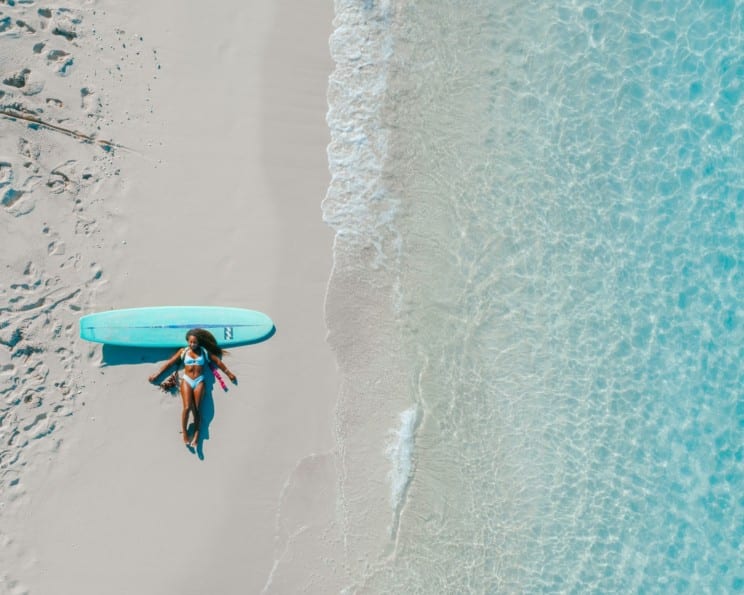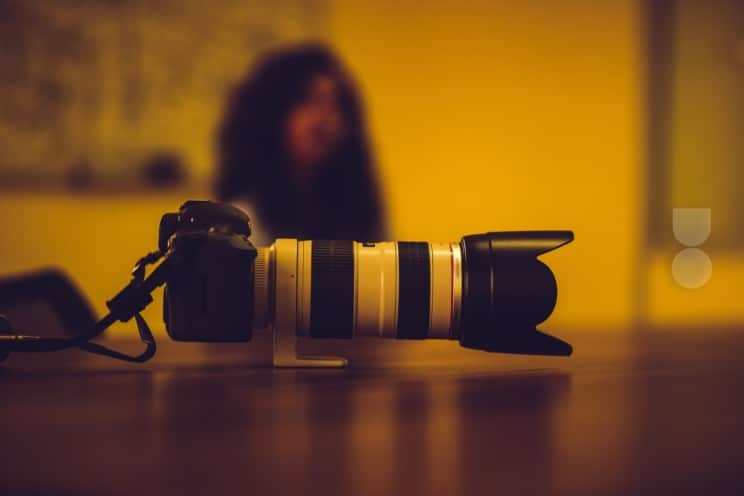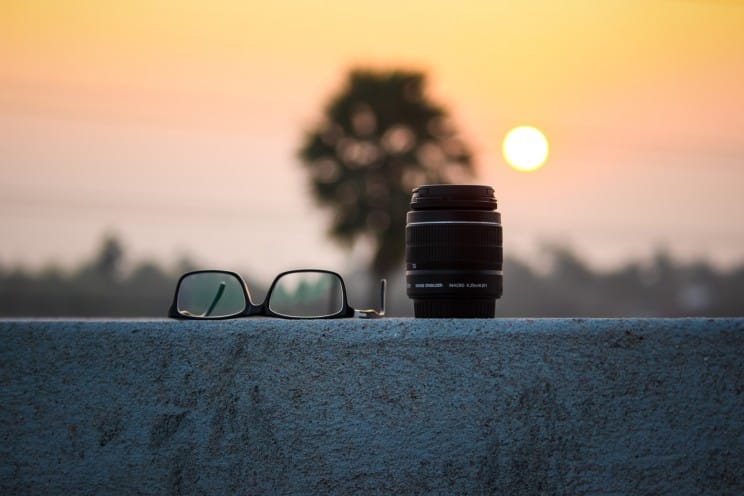What Is the Best Lens for Fish Photos?
What is the best lens for fish photos worth carrying along on a fishing trip?
Well, this is a question that bugs many beginner fishing photographers.
The truth is, options are unbelievably countless-and that’s where the problem is.
When you have multiple options on the table, it is easy to pick them wrongly.
But fret not. We are here to point you in the right direction.
But before we dive into the fleshy details of this article, let’s chat a little about the kind of lenses that are common amongst fishing photographers and the features that matter.
If you are a pro photographer with sufficient knowledge of the buying guide essentials, then you can jump straight to the reviews section.
Common Types of Fishing Lenses
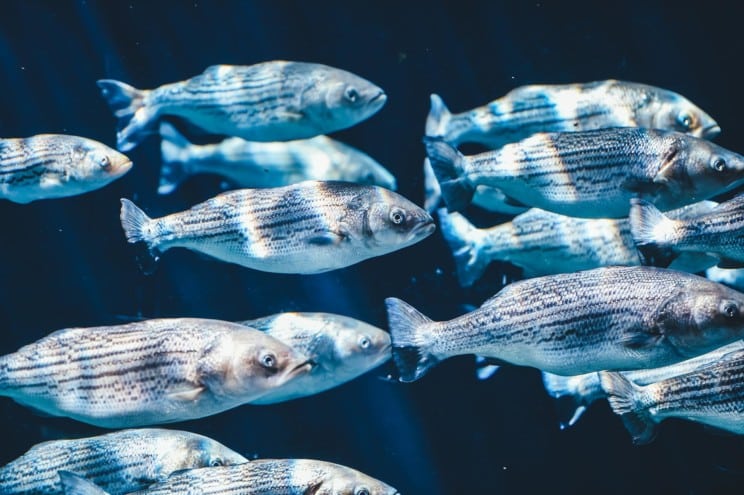
Wide-angle lenses
Shooting subjects in a wider landscape is a common theme among photographers.
And to do that better, they need wide-angle lenses.
In fishing, they can help you get magnificent photos of shoals or schools of fish and their breathtaking movement patterns.
In short, you need a wide-angle lens if you want to show both your subject and its magnificent surroundings.
Since many have extremely shallow depths of field, they defocus some parts of the background to invite attention to the most important elements.
Telephoto lenses
There are multiple reasons why telephoto lenses are ideal for fishing.
First, they let you capture up-close and personal photos of fish without getting close to them or even getting into the water for that matter.
Second, these lenses are widely known for their supreme performance in low-light conditions.
So it goes without saying, they are the right gear to have for early morning or late evening shoots.
Also, they have an awesome shallow depth of field that focuses on your primary subject while blurring the background.
Macro lenses
Macro lenses are for close and extremely close photography that reveals details that most of the time escape the naked eye.
While shooting in the aquarium, you need such a lens to clearly display the eyes and scales of even the smallest of fishes.
A checklist of the core features to consider
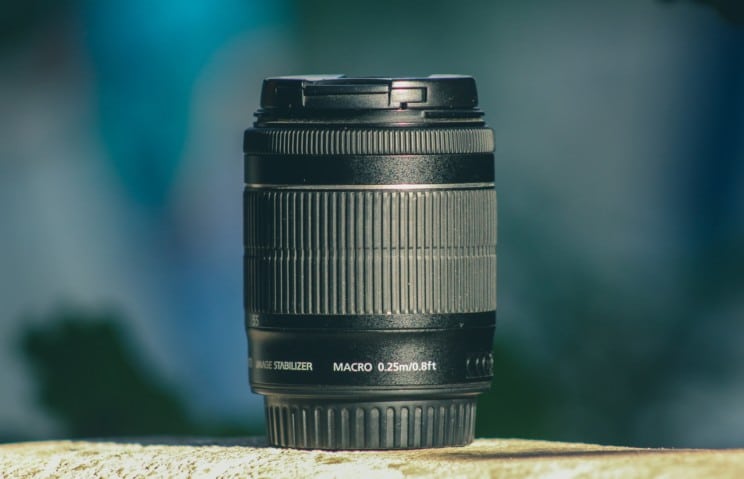
Here are features you must pay attention to while hunting for the best lens for fish photos:
Waterproof
It goes without saying that you will be working next to water or even aboard a vessel on the water.
Anything can happen and if the lens gets wet, you will be in trouble.
Fast glass
Consider lenses with f/2.8 aperture or wider.
Such lenses capture action quickly while still offering a shallower depth of focus for better-blurred backgrounds.
And if the background is blurry, the subject becomes very clear.
Image stabilization
Not all circumstances during fishing necessitate the use of a tripod.
To save yourself the frustration of blurry pictures, get a lens that is equipped with image stabilization.
Alright. You are now adequately informed on the common types of fishing lenses and the few key features that matter.
Let’s go ahead and check out some of the best-performing kits.
Best lens for fish photos
Here are a couple of options that come highly recommended by seasoned fishing photographers:
1. Canon EF-S 24mm f/2.8 STM Lens | Best for wide-angle shots
If you move around a lot, your fishing arsenal must be pretty heavy.
If you are striving to cut that weight down, then roll with Canon EF-S 24mm f/2.8 STM Lens.
It is one of the highly recommended lenses for capturing wide-angle shots.
The lens has everything professionals look for like smooth and silent autofocus, superior quality optics, and special glass coatings.
Its aperture is fast and truly reliable in low-light conditions.
Canon EF-S 24mm f/2.8 STM Lens closely rivals TOKINA ATX-i 11-16mm F2.8 which offers far more advanced optical performance at a slightly steeper price.
Another close contender in offering the best wide-angle shots is Sony – E 10-18mm F4 OSS Wide-Angle Zoom Lens.
Its optics are supremely top-notch and hence the steep price tag.
Main features
- 7-blades circular aperture
- Manual focus adjustment
- X0.27 maximum magnification
- Minimum focusing distance: 0.5 feet/0.16 meters
- Optimized lens element
- A very slim design
- Designed for Canon non-full frame DSLRs
Pros
- Has superior optics
- Very slim and weightless
- Smooth and silent focus tracking
- Affordably priced
Cons
- No image stabilization
2. Canon EF 100mm f/2.8L IS USM | Best for macro shots
Canon EF 100mm f/2.8L IS USM is one of the king Kongs that shine at the aquarium.
This telephoto lens lets you capture macro photos that are detail-rich.
Its optics elements (15 of them) include special multi-layered coatings that reduce reflections caused by the aquarium.
This is an older model but still very good at what it does.
The construction is way simpler than recent models and more user-friendly.
Also, you get full-time manual focus as well as image stabilization.
If Canon EF 100mm f/2.8L IS USM feels limiting, Sony SEL100F28GM 100mm f2.8 Medium-telephoto lens can take up its place.
The lens boasts extraordinary sharpness, gorgeous bokeh, and fast, precise, and quiet focusing.
Main features
- 15 elements in 12 groups
- Inner focusing system (ultrasonic)
- Sophisticated image stabilization
- Closest focusing distance: 0.99 feet
- Full-time manual focus
- Max close-up magnification: x1
Pros
- Long-lasting design
- Delivers crystal-clear optics
- An easy-to-use model
- Ideal for both macro and telephoto shooting
Cons
- It’s fairly pricey
3. Canon EF 70-200mm f/2.8L USM Telephoto Zoom Lens | Best for Telephoto Shots
Sometimes you don’t have to be in the water to take fish photos.
But for that to happen, you need long focal length systems like Canon EF 70-200mm f/2.8L USM Telephoto Zoom Lens.
This zoom lens, as the name indicates, gives you outstanding close-ups of distant fishes.
It then defocuses the background so the primary subject sticks out fully.
Thanks to its massive aperture, it can still let in adequate light in slightly dark conditions.
There are updated models of Canon EF 70-200mm f/2.8L USM Telephoto Zoom Lens that take performance to the mountaintop.
For instance Canon EF 70-200mm f/4L IS II USM has massive optics upgrade and amazing image stabilization.
Canon EF 70-200mm f/2.8L IS III USM Lens for Canon DSLR, on the other hand, is a wild beast that boasts excess add-ons-but at a very pretty penny.
After all, we get exactly what we pay for, right?
Main features
- Telephoto lens, EF mount
- Closest focusing distance: 4.9 feet
- Ultra-low dispersion glass
- 8-bladed aperture
- Ultrasonic motor
- Inner focusing mode (full-time manual control)
Pros
- High-performance zoom lens
- Resists water and dust
- Versatile design that can serve in wedding, portraiture, and sports photography
- Focuses fast and quietly
- Durable construction
Cons
- Not compact and packs quite some weight
4. Tamron 17-70mm f/2.8 Di III-A VC RXD Lens | Best mid-range lens
The best thing about Tamron 17-70mm f/2.8 Di III-A VC RXD Lens is that it sits in the middle.
You neither spend a lot on high-end rigs nor worry about the skimpy nature of lower-end lenses.
It sits right at the sweetest spot.
You see, with 16 glass elements from 12 groups, you never have to be concerned about ghosting, flare, aberration, and other reflections.
It ensures you smile at every still that comes out.
It’s also the only lens in this review with the most amazing zoom ratio of 4.1x.
With a focal length range of 17-70mm, Tamron 17-70mm f/2.8 Di III-A VC RXD Lens easily falls into versatile kits.
This means besides fishing, it is also perfect for any other everyday photography.
Lastly, the design is elegant and doesn’t pack a lot of weight.
Main features
- 4.1x zoom ratio
- 16 elements in 12 groups
- Moisture resistant design
- Fluorine coated glass
- Proprietary vibration compensation
- Image stabilization performance
- Minimum object distance: 0.19m
- Rapid eXtra-silent Drive system motor unit
Pros
- Has a broad zoom range
- Excellent image quality
- Can be used for any everyday photography event
- It is fairly light
- Durable and resists moisture
- Its aperture is extremely fast
Cons
- The design looks a bit bulky
5. Venus Laowa 24mm f/14 2X Macro Probe Lens | Best versatile model
Have you ever gotten to that moment when you needed to pack several lenses yet the backpack refused to spare space for more?
Or have you ever gotten to that point where you are not sure what lens to carry?
Guess what can help in such trying times- Venus Laowa 24mm f/14 2X Macro Probe Lens.
This workhorse serves both as a telephoto, wide-angle, macro, and standard lens.
So whether you want to shoot fish, portraits, weddings, or anything else, the lens can handle it.
What’s more, Venus Laowa 24mm f/14 2X Macro Probe Lens is extremely light, waterproof, and works with a myriad of cameras.
However, by being a jack-of-all-trades, at times it can fail to bring out the true essence of the subject in some photography niches.
Main features
- Macro magnification ratio: 2:1
- Waterproof front barrel
- “Bug eye” perspective macro lens
- Compatible with full-frame cameras
Pros
- Greater depth of field to include more background details
- Bigger magnification to display more texture
- Extremely versatile
- Super light
- Water-resistant
Cons
- On some photography occasions, it fails to deliver the best results
Final Thoughts
Successful fishing photography begins with having the right equipment.
With a reliable camera and the best lens for fish photos, nothing really stands in the way.
We have already discussed a few telephotos, wide-angle and macro lenses that you can take for a spin.
The truth is, you might need one kit from each of the categories to enjoy fulfilling sessions.
Now go ahead and make your choice. Happy fishing!



